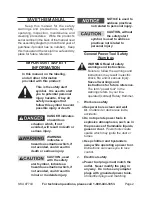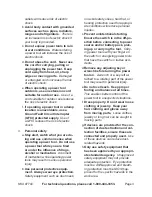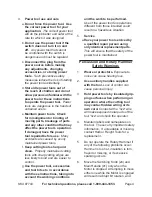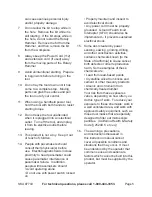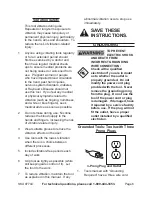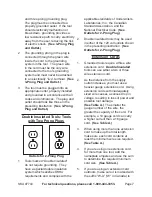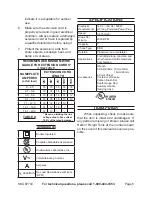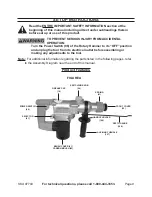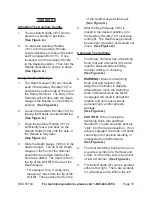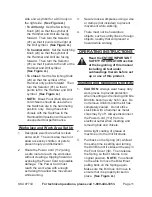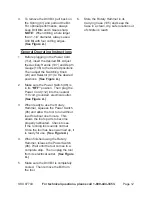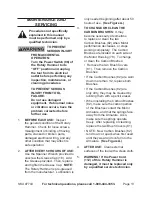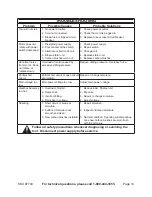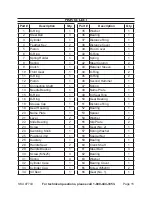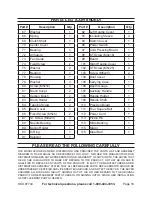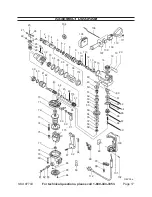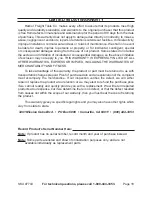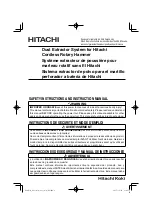
Page 4
SKU 97743
For technical questions, please call 1-800-444-3353.
power tool use and care
4.
do not force the power tool. use
a.
the correct power tool for your
application.
The correct power tool
will do the job better and safer at the
rate for which it was designed.
do not use the power tool if the
b.
switch does not turn it on and
off.
Any power tool that cannot
be controlled with the switch is
dangerous and must be repaired.
disconnect the plug from the
c.
power source before making
any adjustments, changing
accessories, or storing power
tools.
Such preventive safety
measures reduce the risk of starting
the power tool accidentally.
Store idle power tools out of
d.
the reach of children and do not
allow persons unfamiliar with the
power tool or these instructions
to operate the power tool.
Power
tools are dangerous in the hands of
untrained users.
Maintain power tools. check
e.
for misalignment or binding of
moving parts, breakage of parts
and any other condition that may
affect the power tool’s operation.
if damaged, have the power
tool repaired before use.
Many
accidents are caused by poorly
maintained power tools.
Keep cutting tools sharp and
f.
clean.
Properly maintained cutting
tools with sharp cutting edges are
less likely to bind and are easier to
control.
use the power tool, accessories
g.
and tool bits etc. in accordance
with these instructions, taking into
account the working conditions
and the work to be performed.
Use of the power tool for operations
different from those intended could
result in a hazardous situation.
Service
5.
Have your power tool serviced by
a.
a qualified repair person using
only identical replacement parts.
This will ensure that the safety of the
power tool is maintained.
percussion and Rotary Hammer
Safety Warnings
Wear ear protectors.
1.
Exposure to
noise can cause hearing loss.
use auxiliary handles supplied
2.
with the tool.
Loss of control can
cause personal injury.
Hold power tools by insulated grip-
3.
ping surfaces when performing an
operation where the cutting tool
may contact hidden wiring or its
own cord.
Contact with a ″live″ wire
will make exposed metal parts of the
tool ″live″ and shock the operator.
Maintain labels and nameplates on
4.
the tool. These carry important safety
information. If unreadable or missing,
contact Harbor Freight Tools for a
replacement.
Do not operate the Rotary Hammer if
5.
any of the following problems occur:
Hammer is too hot, insulation is torn,
frayed or missing, or if excessive
sparking occurs.
Move the Switching Knob (24) and
6.
Main Handle (91) only when the
Motor is stopped. Attempting to move
either one while the Motor is engaged
will result in abrupt bit rotation, and


